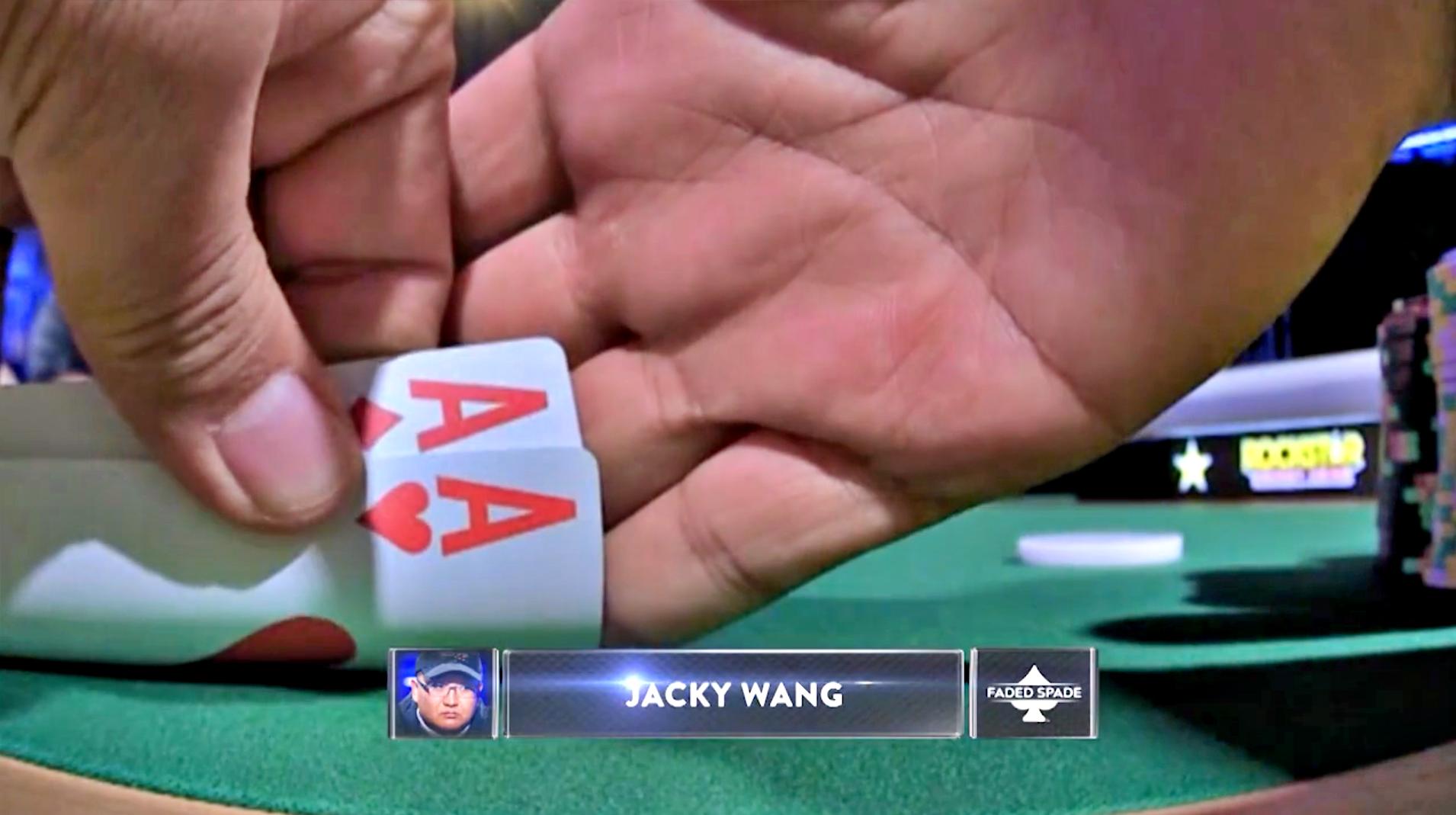The Hole Card Camera: A Game-Changing Invention in Televised Poker
Poker has witnessed numerous defining moments, but few innovations have transformed the game as significantly as the introduction of the hole card camera. Long before online poker surges or landmark tournament victories, this small yet revolutionary piece of technology forever altered the way audiences engaged with televised poker. The ability to reveal players’ hidden cards to viewers brought a sense of drama and involvement that propelled Texas Hold’em-and poker in general-into the global spotlight.

The invention of the hole card cam revolutionized poker broadcasts for audiences worldwide.
By letting viewers see the cards players held, broadcasts became more than just a spectator experience-they became interactive lessons and edge-of-the-seat entertainment, ushering in a new era for the game.
The Visionary: Henry Orenstein's Journey to Reinvent Poker on TV
Although televised poker debuted in 1972, early broadcasts struggled to maintain a captivated audience. The main issue was simple: viewers could only see players’ faces and actions, not the crucial hole cards that drive every dramatic moment. Announcers were left to speculate, and the tension that defines great hands was mostly lost on TV.
This challenge persisted until the arrival of Henry Orenstein. Born in Poland in 1923, Orenstein survived the Holocaust, later emigrating to the United States, and went on to become a successful entrepreneur, toymaker, professional poker player, and prolific inventor with over 100 patents to his name.
Frustrated by the lack of excitement in televised poker, even as a fan himself, Orenstein invented a way to broadcast players’ hole cards-a solution that would dramatically improve poker’s appeal for television audiences.

Henry Orenstein’s creativity brought poker to life for millions of fans. [Image: Twitter/Unicron_News]
After developing the concept, Orenstein collaborated with Mori Eskandani, an established television producer behind iconic poker shows such as High Stakes Poker and Poker After Dark. While Eskandani initially doubted whether professional players would want their secrets revealed on broadcast, Orenstein correctly believed that the appeal of television exposure would override these concerns. Together, they introduced a camera that could discreetly film hole cards during live games-a simple concept that would have a profound impact.

Mori Eskandani, who helped bring Orenstein’s innovation to televised poker. [Image: Twitter/Joeingram1]
The Evolution of Poker Broadcasting: The Hole Card Camera Takes Center Stage
Orenstein’s hole card camera made its first major appearance on the UK’s Late Night Poker in 1999. For the first time, audiences could follow the intricacies and psychological battles of a poker hand, witnessing all folds, bluffs, and monster holdings in real time. Commentators now had vital information, bringing new excitement and strategic analysis to their coverage.
This innovation provided several key benefits:
- Viewers gained full insight into game dynamics, seeing beyond player expressions.
- Televised games became educational tools, imparting poker strategy to home audiences.
- Broadcasters could finally air poker shows during prime time, broadening their reach and appeal.
Concerns regarding security and cheating were addressed through rigorous protocols. During broadcasts, only a select few were allowed access to the hole card information, ensuring the integrity of high-stakes competition.
The pivotal moment came in 2002 when ESPN incorporated hole card cameras into their World Series of Poker (WSOP) coverage. This continued through the legendary 2003 Main Event, where viewers experienced every bold move and bluff as Chris Moneymaker won the championship-helping ignite the global poker boom.
Once fans got a taste of authentic, immersive poker broadcasts, there was no turning back. The hole card cam swiftly became the industry standard, making poker accessible and thrilling to millions worldwide.

The hole card cam let viewers follow every critical hand and strategic decision. [Image: Twitter/FadedSpadeCards]
Technological Advances: RFID Cards and the Future of Poker Coverage
While the hole card camera set the benchmark, modern technology has since taken poker broadcasting to new heights. Today, most televised poker employs Radio Frequency Identification (RFID) technology, replacing traditional cameras.
RFID playing cards contain embedded chips, which interact with sensors built into the poker table. When players receive their cards, the RFID reader instantly relays card values to the production team, eliminating the need for precise card placement beneath a camera lens.
The main advantages of RFID technology include:
- Smoother, more efficient data capture, regardless of how players handle their cards.
- Enhanced broadcast security, provided that tight controls are maintained on live information flows.
- Live streaming compatibility with minimal risk of missed action, as every card is automatically recorded.
With RFID systems, poker shows offer even greater immediacy and clarity, keeping broadcasts accurate even during high-speed or crowded live events. However, these technological advances still require strict oversight to ensure fair play and protect sensitive information, especially as live poker streaming grows in popularity.
Remembering Henry Orenstein's Lasting Poker Legacy

Orenstein’s vision made poker broadcasting what it is today. [Image: Twitter/galtrian]
The impact of the hole card camera cannot be overstated. Orenstein’s ingenuity transformed the game by making it engaging for global audiences, generating unprecedented interest and launching countless new careers-both on the felt and behind the scenes in media production.
As a direct result of his invention, the poker community expanded exponentially. Players from around the world now aspire to the bright lights of Las Vegas and the World Series of Poker, inspired by televised hands and masterful plays seen in their own living rooms. The ability to watch the finest players, to learn from their strategies and adventures, changed poker from a mysterious casino pastime into a widely beloved sport.
Orenstein’s breakthrough was more than just a technical adjustment-it brought the thrill, tension, and psychology of poker to everyone, sparking the imaginations and ambitions of a new generation of players.
Will there be another innovation as groundbreaking? Only time will tell. But for now, the hole card camera stands as a testament to the power of a single brilliant idea to change an entire industry.
Lead image: Twitter/CORG_de_News













